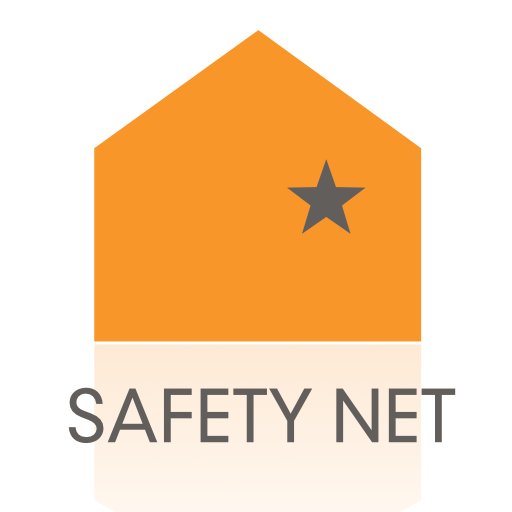Double Awareness Month 2025: Domestic Violence and Cybersecurity
/October is the time of two important awareness months for the National Network to End Domestic Violence’s (NNEDV) Safety Net Project:
Domestic Violence Awareness Month: A time to raise awareness about domestic violence and urge communities to step up and support those affected by this issue. We highlight the strength and resilience of survivors and work toward ending abuse. It’s also a moment to recognize the advocates and organizations making a difference throughout the movement to end domestic violence.
Cybersecurity Awareness Month: A time to educate the public about online safety and empower individuals to protect their personal and sensitive information. It is also a reminder that the safety of the digital world is a responsibility we should all share.
As we rely more on technology in our daily lives, we should also be aware of the ways in which abusers misuse the internet. These can include:
Privacy invasion;
Impersonation;
Stalking;
Theft;
Deepfakes (images created by Artificial Intelligence (AI); and
Many more.
These risks can make people feel like they have to avoid being online. This may be difficult for many of us because technology is part of life. People use it to apply for jobs, receive government benefits, send aid to each other, enjoy entertainment, work remotely, communicate from a distance, and more. Safety Net believes that survivors have a right to access and use technology safely. “Just get rid of the tech” is not a solution that works. Tech can open the world for survivors if they are isolated by an abuser. It can help if they are disconnected due to their geographic location. For some, the internet may be a safer or easier way to connect to others. For instance:
People who struggle to speak to others in person due to disabilities;
People who speak a different language from most people in their community;
People who are immunocompromised (get sick more easily);
Survivors who are on an abuser's phone plan and cannot safely make phone calls; and
Many more.
In honor of this month, we’ve put together a few tips and resources.
Artificial Intelligence (AI) Safety
More and more people are using AI tools for various purposes. This is because generative AI (genAI) has had a huge increase in popularity in the last few years. GenAI is the type of AI that produces something, like text, images, or video. ChatGPT is one example of genAI.
AI tools can be useful, but they can also carry privacy and safety concerns. Safety Net recently published two resources about AI safety. One is aimed at survivors. The other is aimed at victim service providers.
Securing Devices & Accounts
According to Pew, "The vast majority of Americans [as of mid-2024] – 98% – now own a cellphone of some kind. About nine-in-ten (91%) own a smartphone, up from just 35% in the Center’s first survey of smartphone ownership conducted in 2011." This shows how quickly the use of connected devices has grown and how essential technology is to everyday life.
Many of us have so many connected devices. For example:
Smartphones;
Laptops;
Tablets;
Smart home devices;
Connected cars;
Fitness watches; and
Many others.
We also use many apps and services online. These could be:
Social media;
Music apps;
Dating apps;
Bikeshare, carshare, or public transit accounts;
Mobile banking; or
A Google or Apple account.
Each of these might carry cybersecurity concerns. It's hard to know where to start! Fear of what an abuser or stalker might do can make it even harder. You might not be sure how to secure your tech without them noticing. We wrote Securing Devices & Accounts and Passwords: Increasing Your Security to help. You can also use tools for a particular product. An example is Safety Check for an iPhone.
Safer Online Finance
Many of us use tech to manage our money. This is called “fintech” or financial technology. Fintech is everywhere. You might have used some of these to manage your money:
CashApp;
Chime;
Venmo;
PayPal;
Your bank's app or site;
Your credit card's app or site; and
Any app or site where you pay for something online.
With the growing convenience of fintech, it is important that we are aware of the benefits and risks. Ninety-nine percent of survivors experience some kind of financial abuse. This can include identity theft and forced debt, among others. Financial Abuse and Technology has tips for securing your finances.
By staying informed and building awareness around these issues, we can make the digital world a safer one for us all.
All our survivor resources are in our Survivor Toolkit. Browse and check out the ones most relevant to you. Happy October!


